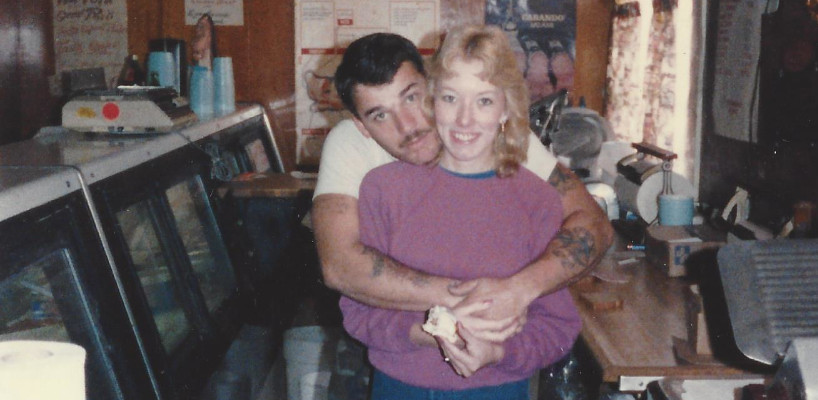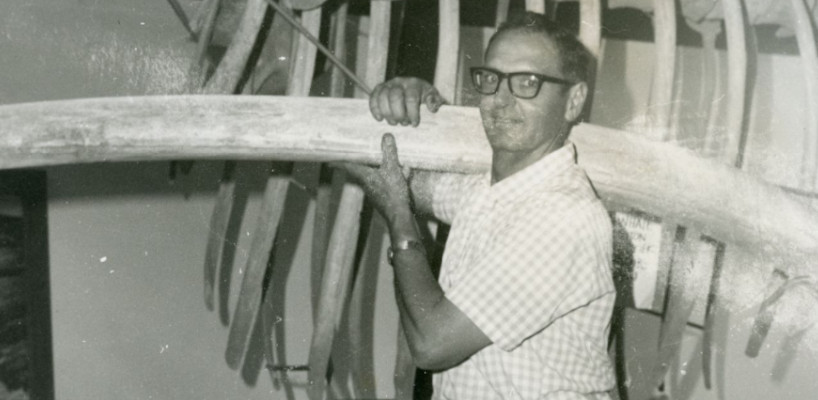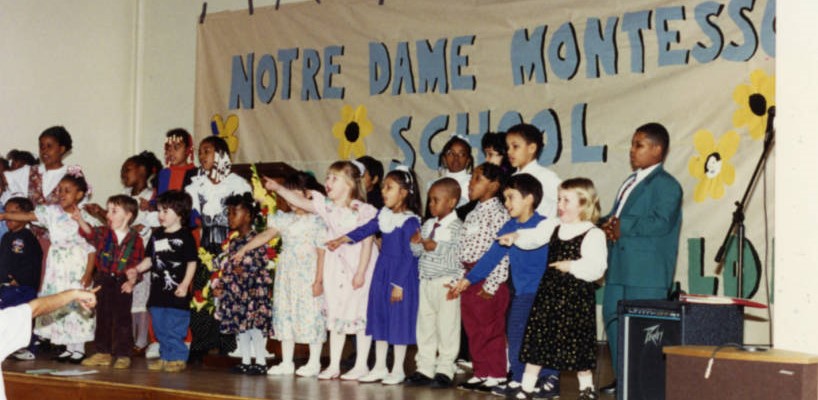After your participatory archiving event, you will have a digital collection related to your community or event theme that you will want to make available online. It’s important to begin planning early on for how you will put the collection online in a digital repository, whether this is a repository platform that you host and manage, a repository platform that is run by another organizational partner, or a repository that is overseen by another regional or statewide entity. You can also start planning for whether you’ll be able to add this collection to the Digital Public Library of America (DPLA).
Roles & Responsibilities
For an overview of all RoPA Roles and Responsibilities, please review the Building a Team module.
The Collection Coordinator will designate an Online Access Specialist and a Data Entry Volunteer. The Collection Coordinator will also lead the online digital repository decision making process and the creation of the takedown policy.
The Digital Preservation Specialist will organize all of the completed Event Registration and Permission Forms and Descriptive Information Forms and add digitized copies to the Event Hard Drive. The Digital Preservation Specialist will also create Production Copies of all contributed Items for the use by the Online Access Specialist and Data Entry Volunteer. The activities of the Digital Preservation Specialist are outlined in the Preserving the Collection module of RoPA.
Designated by the Collection Coordinator, the Online Access Specialist will oversee all activities related to putting the collection online, including the selection of an online digital repository prior to the event, as well as all data entry work related to the various forms collected at the event.
The RoPA Developers recommend that the Online Access Specialist be a staff member of the Collecting Organization who can answer any questions about copyright and permissions on behalf of that organization.
The Collecting Organization will help the Project Team choose an option for the online digital repository.
Designated by the Collection Coordinator, the Data Entry Volunteer will enter information collected from event forms into spreadsheets to upload to the online digital repository. The RoPA Developers recommend that the Data Entry Volunteer be someone who is comfortable with technology and has strong attention to detail.
Steps to Success
Download a Quick Checklist of the Putting the Collection Online steps here.
Best Practice Examples
Do you know of a project or program that could be featured here? Please contact us.
Resources
The Open Archives Initiative describes the Open Archives Initiative Protocol for Metadata Harvesting (or OAI-PMH for short) as a “low-barrier mechanism for repository interoperability.” They further define “Data Providers” as repositories that expose structured metadata (such as Dublin Core) using the OAI-PMH framework to “Service Providers” who make OAI-PMH service requests to harvest that metadata. See definition for “Harvesting” in RoPA.
RoPA recommendations and guidelines for scanning equipment and software.
The RoPA Vendor and Repositories Spreadsheet currently includes a breakdown of several repository platforms, and we expect this list to grow. The list addresses a number of factors to consider when choosing one or more repository platforms to manage, store, and provide access to your digital collection.
If you’d like to partner with a regional organization, the RoPA Developers compiled a list of regional and statewide repositories, many of which are connected to the Digital Public Library of America (DPLA) and some of which may be able to assist with digital preservation activities and storage. The RoPA Developers expect to update this list on an annual basis.
Glossary
The process of accepting multiple electronic content files and/or metadata into a digital repository, an institutional repository, or database at the same time, or put simply, uploading content. Most digital repository platforms allow for some form of batch uploading. Also called "ingesting." (Adapted from Dictionary of Archives Terminology and Wikimedia Commons.)
A format, often resembling a MS Excel file, for data output in which information is written as a continuous stream, with fields separated by special characters. CVS is an acronym for “comma-separated values.” CSV files are commonly used when batch uploading content to a digital repository or institutional repository. (Adapted from Dictionary of Archives Terminology, Society of American Archivists.)
For RoPA, a digital repository or storage device used to manage digital objects and information over the long term. A digital repository encompasses a number of activities, including “institutional repository” (see definition) and “preservation repository.” Some repository platforms are able to effectively serve as both an online access repository (an institutional repository) and a preservation repository. (Adapted from Dictionary of Archives Terminology, Society of American Archivists.)
For RoPA, also called an Online Access Platform. A virtual storage space, platform, or website with the entire technical infrastructure, support, and access services, for the long-term storage and management of digital objects and information. Some digital repository platforms are able to effectively serve as both an online access repository and a preservation repository. (Adapted from Dictionary of Archives Terminology, Society of American Archivists.)
A standard using 15 metadata elements to describe and provide access to online materials. The 15 core elements are: title, creator, subject, description, publisher, contributor, date, type, format, identifier, source, language, relation, coverage, and rights. The standard can expand beyond the core 15 elements. (Adapted from Dictionary of Archives Terminology, Society of American Archivists.)
Many digital repository platforms, and all of the platforms recommended by RoPA, support harvesting of content (digital objects and metadata) by other platforms and aggregators, including many statewide HUBS of the Digital Public Library of America. Harvesting employs the Open Archives Initiative Protocol for Metadata Harvesting (or OAI-PMH) framework. (Adapted from Open Archives Initiative and from Dictionary of Archives Terminology, Society of American Archivists.)
A virtual storage space, platform, or website with the entire technical infrastructure, support, and access services, for the long-term storage and management of digital objects and information specifically designed and built by an organization in house. Homegrown repositories may or may not follow archival standards and best practices.
A specific kind of digital repository that is used to manage and share digital objects and information. For RoPA, we use the term “digital repository” to encompass a number of activities, including “institutional repository” and “preservation repository” (see definition). Some repository platforms are able to effectively carry out a variety of activities, and to serve as both an online access repository (an institutional repository) and a preservation repository. (Adapted from Dictionary of Archives Terminology, Society of American Archivists.)
Metadata is commonly defined as “data about data.” Metadata is frequently used to locate or manage information resources by abstracting or classifying those resources or by capturing information not inherent in the resource. Typically metadata is organized into distinct categories and relies on conventions to establish the values for each category. For example, administrative metadata may include the date and source of acquisition, disposal date, and disposal method. Descriptive metadata may include information about the content and form of the materials. Preservation metadata may record activities to protect or extend the life of the resource, such as reformatting. Structural metadata may indicate the interrelationships between discrete information resources, such as page numbers. (Adapted from Dictionary of Archives Terminology, Society of American Archivists.)
Access to archival resources, including digital objects and information, that is not restricted unnecessarily. Open access as a term and a concept was initially applied to government documents and public records, and later to scholarly articles and research data in an effort to overcome financial and copyright barriers to accessing research and scholarship. (Adapted from SPARC and from Dictionary of Archives Terminology, Society of American Archivists.)
Software and repositories distributed at no charge in an effort to encourage further refinement and development. Open source repositories, like all open source software, are developed and changed through collaboration by a range of experts, and are distributed without charge. Many digital repositories are built using open source software. (Adapted from Dictionary of Archives Terminology, Society of American Archivists.)
Versions of digital files that are unedited and stored at a high resolution over the long term. While they are used to make Production Copies, which may be created at a lower resolution and which may be edited, Preservation Copies are otherwise not accessed for daily use. By storing a Preservation Copy of your Items, you help to protect the informational content of the file from loss or decay. (Adapted from the National Archives and from Dictionary of Archives Terminology, Society of American Archivists.)
For RoPA, also a possible Digital Preservation Storage Platform. A preservation repostiory is a specific kind of digital repository that is used to manage digital objects and information over the long term. A digital repository encompasses a number of activities, including “institutional repository” (see definition) and “preservation repository.” Some repository platforms are able to effectively serve as both an online access repository (an institutional repository) and a preservation repository. (Adapted from Dictionary of Archives Terminology, Society of American Archivists.)
Versions of digital files created from Preservation Copies to be used for day-to-day access. Production Copies may be edited (rotated and possibly cropped when appropriate). They are typically scaled down from the higher-quality Preservation Copies to a lower-quality, smaller versions, which in turn facilitates delivery online. By using Production Copies of your Items, you help to protect the informational content of the original file from loss or decay. Also called "Access Copies" or "Reproduction Copies." (Adapted from the National Archives and from Dictionary of Archives Terminology, Society of American Archivists.)
A documented policy outlining a procedure for requesting that items, most often photographs, be removed from a website, online digital repository, or institutional repository.


